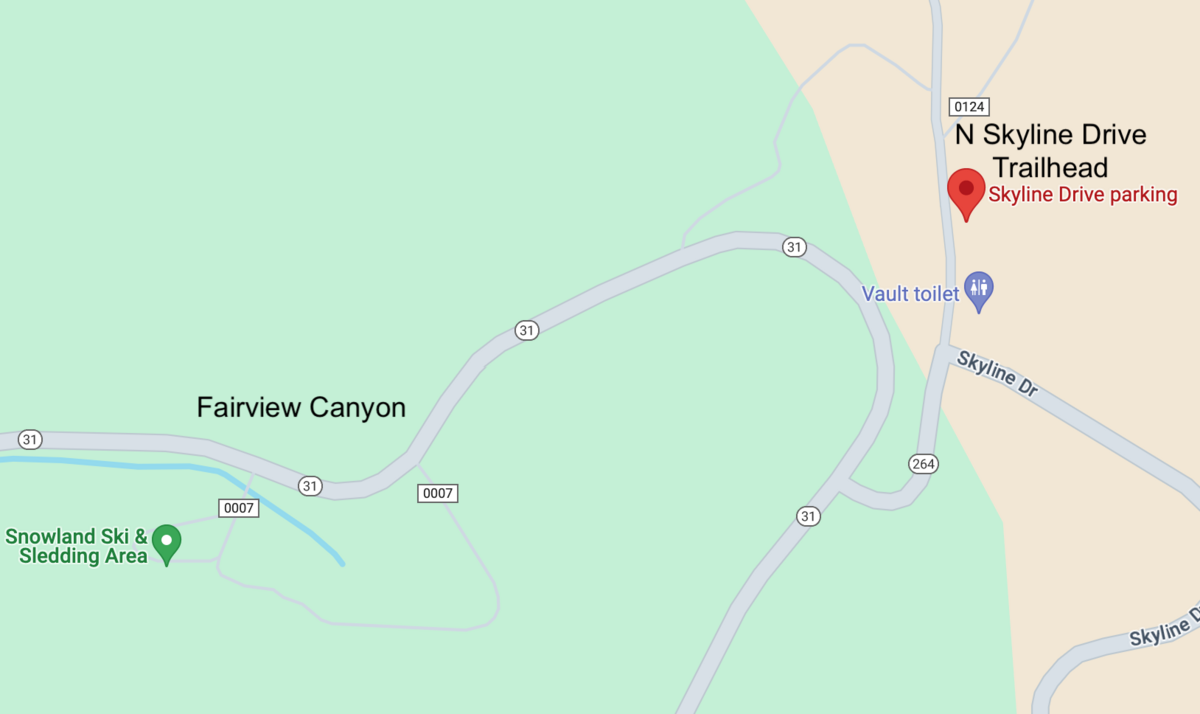You can't trust a snowpack that has sugary facets as a base. The wise thing to do is have patience and wait for the snowpack to stabilize before getting into steeper terrain.
That said, I am seeing some signs of improvement. In areas with the deepest snowpack (Fairview Canyon/Miller Flat, 5 feet deep) I was pleased to see the buried sugar has gained quite a bit of strength and I did not get any significant results from snowpit tests. I guarantee this is not the case for all the terrain on the Skyline. Anywhere the snowpack is shallower, it is going to be weaker and still dangerous.
Here are your two main clues to watch for:
- Collapsing (whoomping) of the snowpack. A notable "whoomp" underneath you where you may even feel the snowpack drop an inch or two. This is a HUGE indicator of unstable snow.
- Trenching. If you feel your track dropping deep into the snowpack, you are probably in an area with shallower snow and, hence, weaker snow.
Slopes that have avalanched are generally safe at this point. Also, the chances for triggering an avalanche become less each day.
Bottom line, personally, I have zero tolerance for steep terrain when there is a Persistent Weak Layer present. I don't split hairs and try to outsmart it by choosing steep terrain where I think it won't be a problem. What I've learned over the years is you can't trust sugary facets. They will bite you when you think things have become stable. I've seen it time and again.










